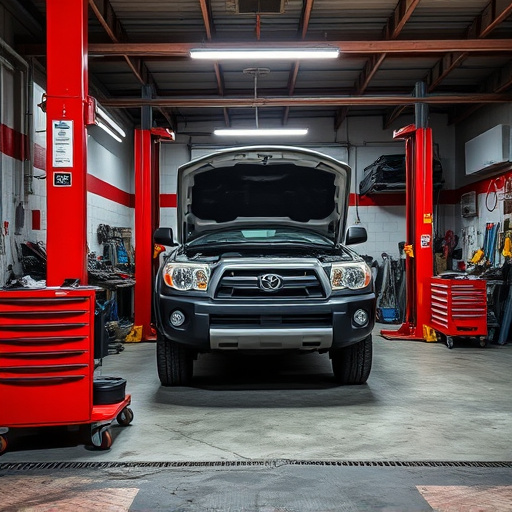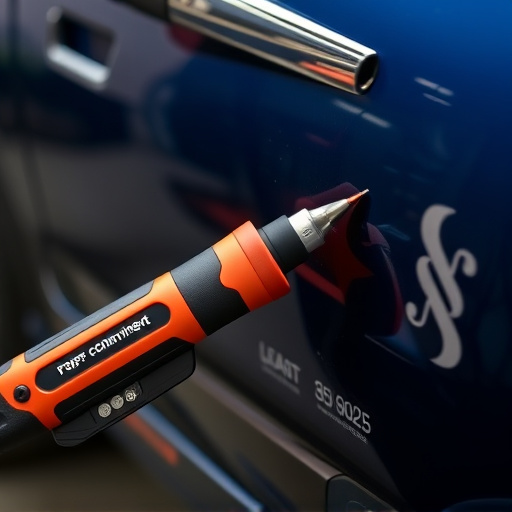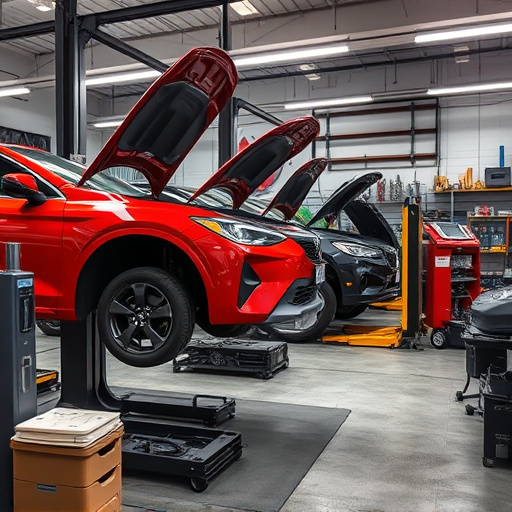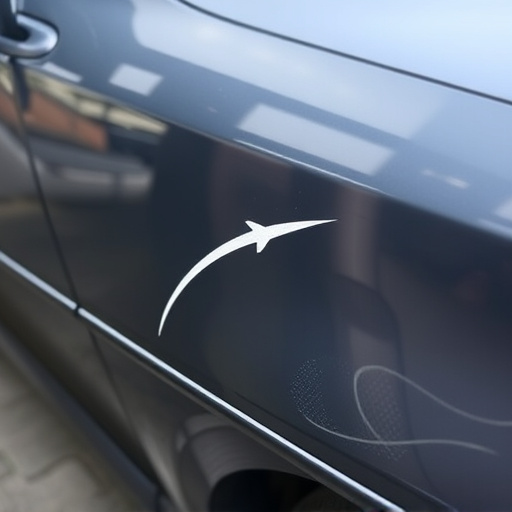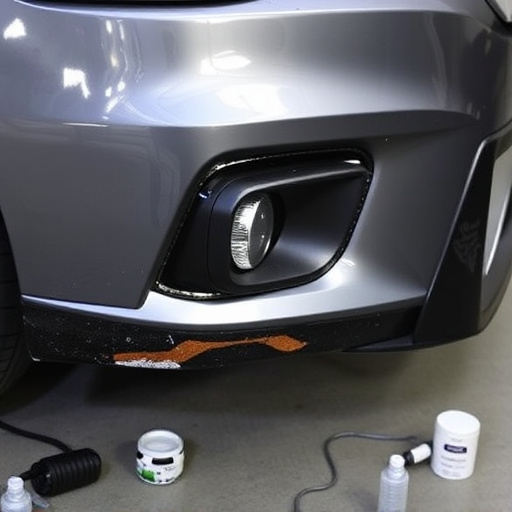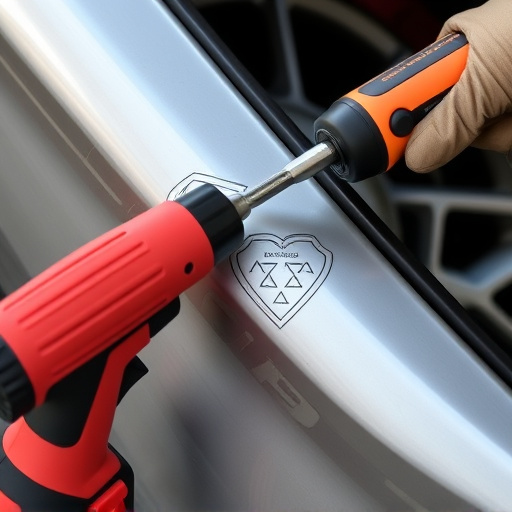Tesla remote diagnostics after repair are a modern, efficient solution for validating system functionality in electric vehicles post-collision or restoration. Certified technicians use cloud-based tools to remotely assess electrical, software, and mechanical components in real-time, enhancing precision and saving time. Best practices include pre-testing for interference, clear communication, and meticulous documentation to ensure accurate results, building trust in the quality of auto repair services.
Tesla vehicles come equipped with advanced remote diagnostics capabilities, offering a powerful tool for post-repair assessments. After a repair or service, confirming the functionality of various systems is crucial to ensure customer satisfaction and vehicle safety. This article provides a comprehensive overview of Tesla’s remote diagnostics, highlighting their role in evaluating system performance and offering best practices for technicians to leverage these features effectively. Discover how this technology streamlines repairs and enhances overall vehicle health.
- Understanding Tesla Remote Diagnostics: A Comprehensive Overview
- The Role of Remote Diagnostics in Post-Repair Assessment
- Best Practices for Confirming System Functionality Using Tesla Remote Diagnostics
Understanding Tesla Remote Diagnostics: A Comprehensive Overview

Tesla remote diagnostics after repair play a pivotal role in confirming the system functionality of Tesla vehicles following an automotive collision repair or car restoration process. These advanced diagnostic tools allow certified technicians to remotely assess and validate the integrity of various vehicle systems, including electrical, software, and mechanical components. By leveraging cloud-based technology, Tesla’s remote diagnostics provide real-time data and insights that help in identifying any discrepancies or issues that may have arisen during the repair process.
This comprehensive overview ensures that every aspect of the vehicle is thoroughly checked, from sensor calibrations to software updates. The capability to conduct such detailed inspections remotely not only saves time but also enhances the overall precision and accuracy of the repair work. In the context of collision repair or car restoration, where meticulous attention to detail is crucial, Tesla remote diagnostics serve as a game-changer, ensuring that vehicles return to their optimal state post-repair.
The Role of Remote Diagnostics in Post-Repair Assessment

Tesla remote diagnostics after repair play a pivotal role in post-repair assessment, offering a comprehensive and efficient way to verify system functionality. In today’s digital era, remote diagnostics enable auto repair shops to go beyond traditional physical inspections. By leveraging advanced technology, these tools capture intricate data from various vehicle systems, ensuring every component functions optimally after repairs or maintenance.
This process is particularly beneficial for complex systems like electric vehicle (EV) networks, where precise monitoring is crucial. For instance, a vehicle dent repair or bodywork restoration can impact sensor accuracy and overall performance. Tesla remote diagnostics remotely scan these systems, identifying potential issues that might remain undetected during manual checks. Such proactive measures not only enhance customer satisfaction but also foster trust in the quality of auto repair services provided.
Best Practices for Confirming System Functionality Using Tesla Remote Diagnostics

When utilizing Tesla remote diagnostics after a repair, it’s essential to follow best practices for ensuring accurate and reliable results. First, conduct a pre-test before initiating the diagnostic process to identify any potential interference or external factors that could affect the system’s performance. This step is crucial in confirming that the vehicle’s electrical and mechanical components are in optimal condition prior to the remote evaluation.
Next, ensure proper communication channels are open between the technician performing the diagnostics and the remote expert providing assistance. Clear and concise reporting of findings is vital, with specific attention given to unusual readings or error codes. Additionally, documenting each step of the diagnostic process—from initial checks to final conclusions—creates a comprehensive record that facilitates effective follow-up and serves as a valuable reference for future automotive collision repair scenarios.
Tesla remote diagnostics play a pivotal role in post-repair assessments, ensuring system functionality and customer satisfaction. By leveraging these advanced tools, service centers can efficiently verify the health of various systems, detect any anomalies early on, and provide accurate repairs. Following best practices for using Tesla remote diagnostics after repair guarantees a comprehensive evaluation, ultimately enhancing the overall ownership experience.
